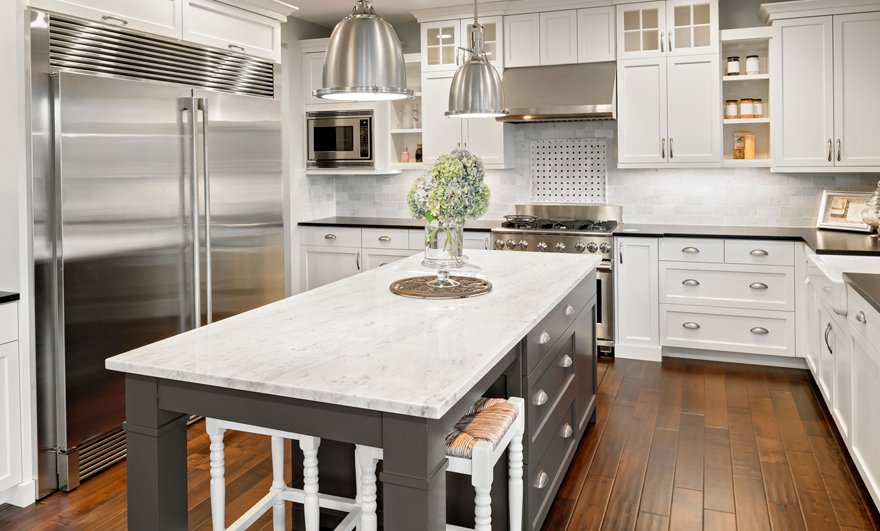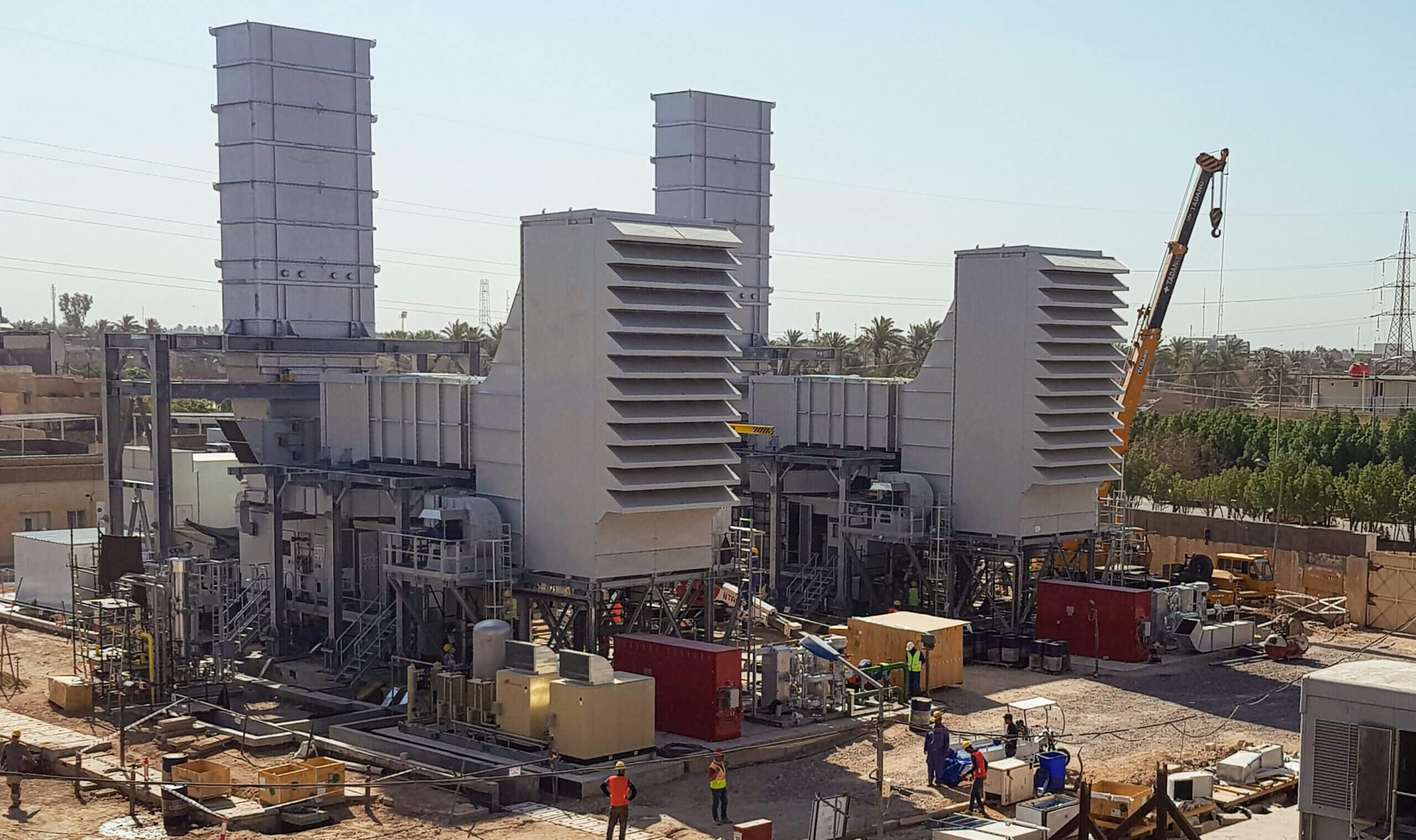A wedding is one of the most important events in a person’s life, and the bridal dress is a major part of that day. In every culture, the wedding dress holds deep meaning. In Pakistan, the bridal dress is not just about fashion—it’s about family, tradition, and emotion. It tells a story that begins long before the wedding day and stays with the bride for years to come.
This article explores what makes bridal dresses Pakistani unique, what to look for when choosing a bridal dress, and how bridal fashion in Pakistan continues to change while staying connected to its roots.
The Cultural Role of Bridal Dresses
Bridal dresses in Pakistan are more than clothes. They represent family values, traditions, and memories. Every stitch and color has meaning, and the dress is often chosen with great care.
Passed Down Through Generations
In many Pakistani families, bridal dresses are passed down from mothers or grandmothers. These dresses are made with high-quality materials and detailed embroidery, and they carry emotional value. Brides often choose to wear or redesign a family member’s dress to keep the connection alive.
The Meaning of Colors
In Pakistani weddings, red is the most common color for a bridal dress. It stands for love, joy, and good luck. But other colors like maroon, gold, green, and even soft pink or ivory are also used. The color often depends on the time of day, the season, or the bride’s personal style.
The Parts of a Pakistani Bridal Dress
Bridal dresses in Pakistan come in many forms, but they all share some common features. The choice of fabric, design, and shape all help make the dress special.
Popular Styles
- Lehenga Choli: A long skirt with a short or long top and a matching scarf (dupatta).
- Sharara or Gharara: Wide pants with a separate shirt and dupatta.
- Maxi or Long Gown: A long, flowing dress that gives a modern but traditional look.
- Angrakha or Pishwas: Long dresses with fitted waists and wide bottoms, inspired by history.
Each of these styles can be customized to match the bride’s taste, the type of event, and local traditions.
Fabrics and Decorations
Bridal dresses in Pakistan use rich fabrics like silk, chiffon, velvet, and jamawar. These materials are chosen for their texture, weight, and look. The dress is often decorated with:
- Hand embroidery
- Gold or silver thread (tilla)
- Beads, sequins, and pearls
- Lace or ribbon work
These decorations are made by skilled workers and take weeks or even months to complete.
Changing Trends in Bridal Fashion
Pakistani bridal fashion is always growing. While tradition is important, modern brides also want new looks. Today’s bridal dresses often mix old and new styles.
Global Fashion Influence
Brides in Pakistan now look at styles from around the world for ideas. While red is still loved, many brides now choose softer shades like peach, beige, or blue. Cuts and shapes from Western fashion are sometimes used, but with local designs and details.
Some brides prefer dresses that are light and easy to move in, especially for events where they need to dance or walk a lot. Others go for classic styles with heavy embroidery and traditional shapes.
Custom Designs
Many brides now want dresses made just for them. They work with designers to choose the fabric, cut, color, and decoration. This allows them to wear something unique that fits perfectly and feels right for the occasion.
This demand has helped grow the industry of designer bridal dresses Pakistan, where creative artists design clothes that match the bride’s vision and personality.
Sustainable Choices
Some brides also think about how they can use their dress again after the wedding. They choose lighter outfits that can be worn later, or dresses made in parts that can be styled differently for other events.
How to Choose the Right Bridal Dress
Picking the right bridal dress is not easy. It takes time, planning, and a clear idea of what the bride wants.
Start Early
It’s best to start looking for a bridal dress at least six months before the wedding. This gives enough time to try different styles, work with a designer, and make any changes after fittings.
Think About Comfort
A bridal dress should not only look good—it should also feel good. A dress that is too heavy or too tight can make the bride uncomfortable. It’s important to test how the dress feels when walking, sitting, or dancing.
Match with Accessories
The bridal dress should go well with the bride’s jewelry, shoes, and makeup. In Pakistani weddings, brides often wear gold or silver jewelry, as well as a nose ring (nath), forehead piece (matha patti), and bangles. All of these should be chosen to match the dress.
Styles from Different Regions in Pakistan
Bridal fashion in Pakistan also changes depending on where the bride is from. Each region has its own style and way of dressing for weddings.
Punjab
In Punjab, brides often wear red or maroon lehengas with gold work. Their jewelry is bold, and they may wear traditional accessories like a long necklace (rani haar) and bangles.
Sindh
Sindhi bridal dresses often include mirror work, bright colors, and traditional patterns. The dupattas may have special prints and handwork.
Balochistan
Brides in Balochistan may wear long dresses with wide sleeves and heavy embroidery. Gold jewelry is often used to complete the look.
Khyber Pakhtunkhwa
Bridal dresses in this region often include thick fabrics with hand embroidery. Shawls or capes are sometimes added for warmth and style.
Final Thoughts
Bridal dresses in Pakistan are a mix of culture, family, and personal taste. They are carefully made with love and skill, and they reflect the deep meaning of the wedding day. Whether a bride chooses a traditional red lehenga or a custom-made gown in a modern color, her dress tells a story that is hers alone. Bridal dresses Pakistani are known for their beauty, detail, and deep connection to tradition. As styles continue to change, the heart of bridal fashion in Pakistan remains the same a celebration of love, family, and heritage.
Read More: theglobalnewz







